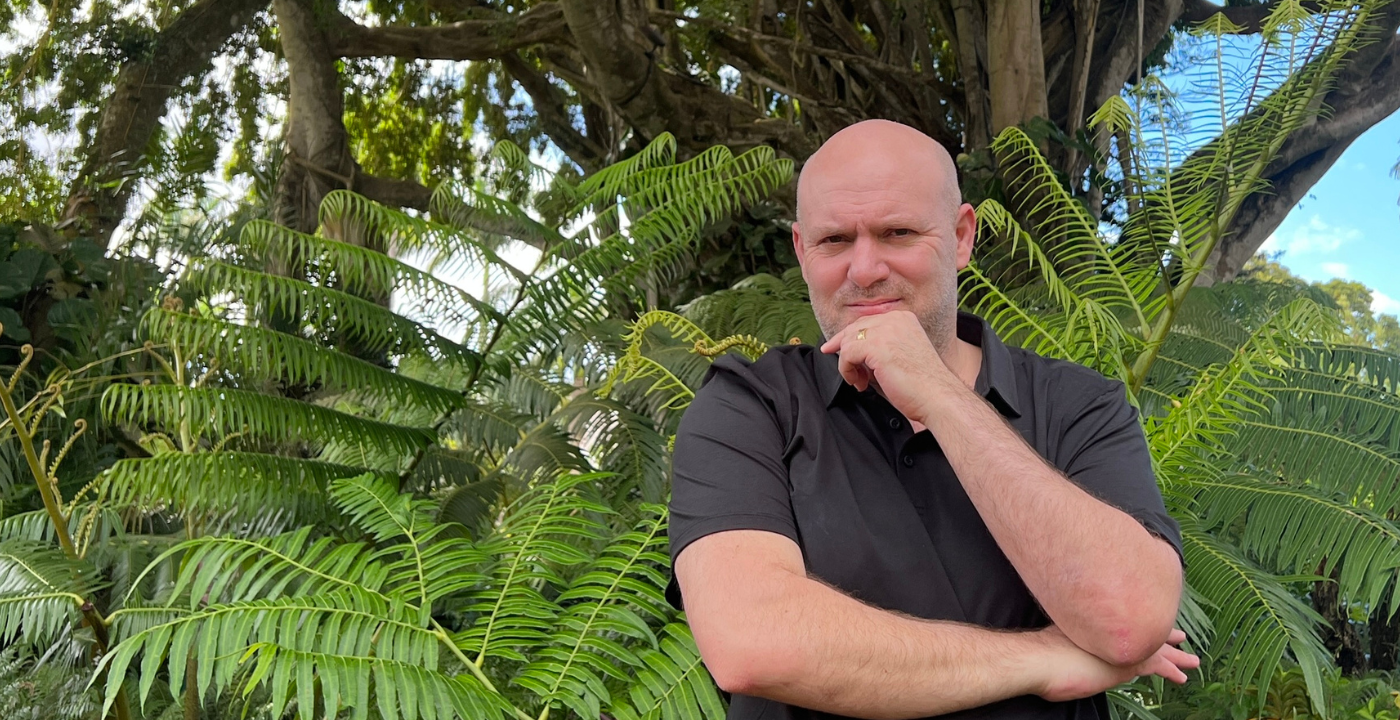Takovaya Green Emeralds - the best-quality green you've ever seen. And the clarities blow your head off.
Now, I tell you honestly, I've only ever seen less than 10 stones in my whole life. Because what happened is when the Russian Revolt happened, and they basically killed all the czars, or they were sent out and they all disappeared, they took their Emeralds with them. And all this wealth was scattered throughout the country, and you never saw these Emeralds, because they were always afraid to bring them to market. Because if they brought them to market, they might be held accountable for theft to the government or whatever, yada yada yada.
We don't know the exact reason, but you just never saw these Emeralds. There were new discoveries of Siberian Emerald, but they tend to be more of a lighter green. But if you ever look at the most important Takovaya Green Emeralds, they are neon. I mean, the best-quality green you've ever seen. And the clarities blow your head off. They blow your head off. They are really, really amazing. The finest depth of color in the finest clarity. There is just nothing in the world I've ever seen like it. I have seen Colombian of this quality, $50,000 a carat and up. Nobody can get this quality. I mean a clean, top neon, neon, top vivid deep green—extremely rare.
Now, Colombian Emeralds do get this color. They're very, very rare and they're very, very expensive. But they do get this color in the natural form as well. And I try to collect these when I can, and I give them to Kat Florence when I can. They’re very, very uncommon. If you look back at a lot of the antique Emeralds that I brought coming out of Europe, they hit this point as well, and they're just mind-blowing. I mean, just top of the line quality. So those are the two at the top of the spectrum of Emeralds.
Now, Emeralds also come out of Zambia. Now, who put Zambian Emerald on the map? Pretty much Gemfields. They basically mined the Zambian Emerald. Joint venture between Gemfields, the company, and the government of Zambia, they created the Gemfields Emerald Mine. And they hold auctions in Singapore, they hold auctions in India, they hold auctions in different places. And Zambian Emerald is pretty much dominated by the Jaipur market, just like heated Ruby and Sapphires pretty much dominated by the Chanthaburi market in Thailand. And a lot of Brazilian stones are dominated by the Teófilo Otoni market in Brazil. But the trading market for Zambian Emerald in the world today, the largest in the world, is the Jaipur market in India.
So if you want to see the Gemfields Emeralds of the world, in every quality and spectrum, people flood to Jaipur to see after the auctions, what takes place, and what's cut. Everything from the lower grades that are used in mass production—that you'll see all over the shops, and all the retail stores, and all the department stores, and all the outlets—to the finest quality Zambian material that could set you back $25,000 to $50,000 a carat.
And you have to understand, it's not that one mine is actually better than another in Emerald. You do get the best quality from all different deposits, pretty much. It really depends on the percentage of the best quality that comes from each deposit. So you'll see, like, the Russian material that I tend to see has a better concentration if it comes from the Takovaya—not the Siberian, but the Takovaya deposit. It has a better concentration of that vivid neon and top crystal. The Colombian just has that pop, right? That glow, that inner luster, that fire.



